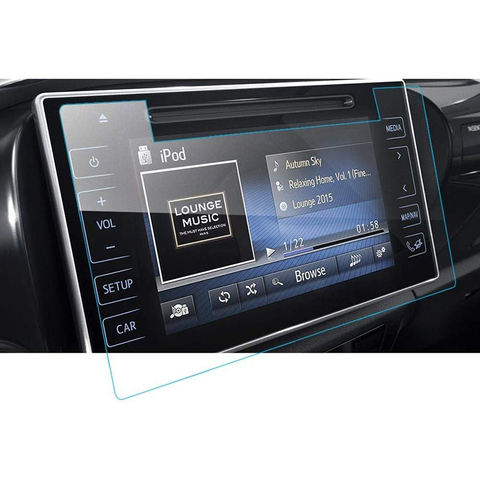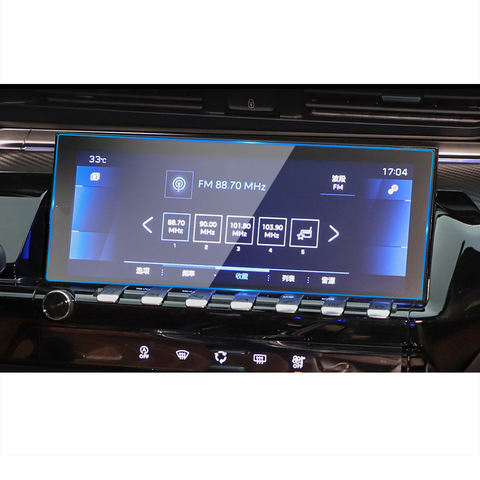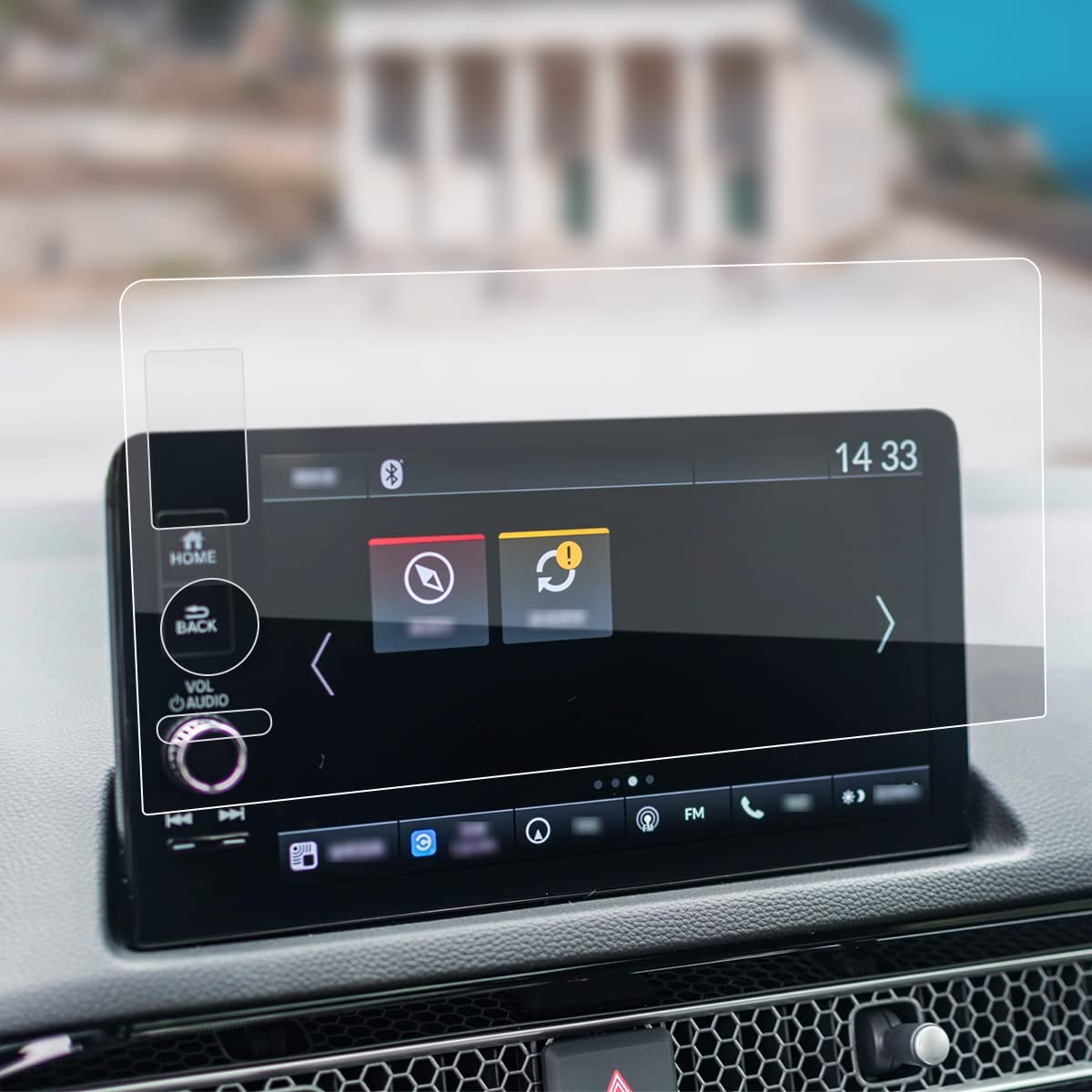
How to Get Rid of Air Bubbles in Screen Protector?
Índice
Resumo
- Proper preparation and application are crucial for a bubble-free screen protector.
- Use tools like a plastic card and a hair dryer to remove stubborn bubbles.
- Consider reapplying if bubbles persist after initial application.
- Replace your screen protector when it shows signs of wear or damage.
- Regular maintenance keeps your screen protector in top condition.
Understanding Screen Protector Bubbles
What Causes Air Bubbles in Screen Protectors?
Air bubbles in screen protectors are often caused by improper application. When the protector is not aligned correctly or applied too quickly, air can get trapped between the screen and the protector. Dust particles can also contribute to bubble formation, as they create small pockets of air around them. Understanding these causes is crucial to prevent bubbles from forming in the first place.How Do Air Bubbles Affect Screen Visibility and Touch Sensitivity?
Air bubbles can significantly impact the visibility of your screen, making it difficult to see images and text clearly. They can also interfere with touch sensitivity, causing delays or inaccuracies in touch responses. Ensuring a bubble-free application is essential for maintaining the functionality and aesthetics of your device.Preparing to Apply a Screen Protector
Que ferramentas são necessárias para aplicar um protetor de ecrã?
Before applying a screen protector, gather the necessary tools: a microfiber cloth, a dust removal sticker, and a plastic card. These tools will help you clean the screen and smooth out any bubbles during application. Having the right tools on hand can make the process much easier and more effective.How to Clean Your Screen Before Application?
Cleaning your screen thoroughly is a critical step. Use a microfiber cloth to wipe away fingerprints and smudges. Then, use a dust removal sticker to pick up any remaining dust particles. A clean screen is the foundation for a successful screen protector application.Step-by-Step Guide to Applying a Screen Protector
How to Align the Screen Protector Correctly?
Start by aligning the screen protector with your device’s screen. Make sure the cutouts for the camera and sensors are perfectly aligned. Taking your time with alignment will help prevent bubbles and ensure full coverage.What is the Best Technique to Apply a Screen Protector Without Bubbles?
Begin applying the screen protector from one edge, slowly pressing it down while smoothing out bubbles with a plastic card. Work your way across the screen, using the card to push out any air bubbles towards the edges. This method ensures a smooth and bubble-free application.Removing Air Bubbles from a Screen Protector
How to Use a Plastic Card to Remove Bubbles?
If bubbles appear after application, use a plastic card to gently push them towards the edges of the screen. Hold the card at a slight angle and apply even pressure. This technique is effective for removing small to medium-sized bubbles.Can a Hair Dryer Help in Removing Air Bubbles?
A hair dryer can be used to slightly warm the screen protector, making it more pliable. Use the lowest heat setting and hold the dryer at a safe distance. This method can help in loosening stubborn bubbles, making them easier to push out.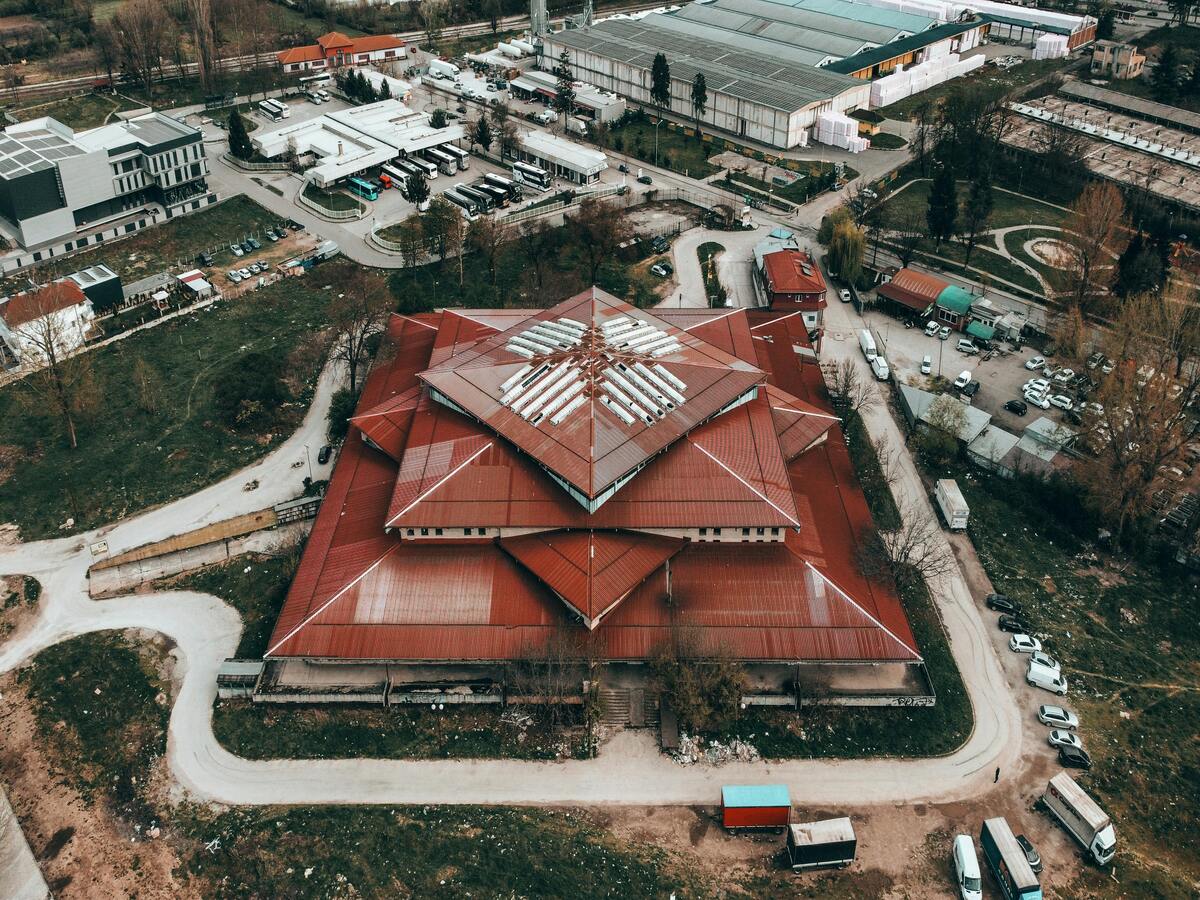
Reapplying the Screen Protector
When Should You Consider Reapplying the Screen Protector?
If bubbles persist despite your best efforts, it might be time to remove and reapply the screen protector. Reapplication can often resolve issues that were not fixed during the initial application.How to Safely Remove and Reapply a Screen Protector?
To remove the screen protector, gently lift one corner and peel it off slowly. Clean the screen again before reapplying. Careful removal and reapplication can help achieve a better fit and reduce bubbles.When to Get a New Screen Protector
How to Know if It’s Time to Get a New Screen Protector?
If your screen protector is scratched, cracked, or has persistent bubbles, it may be time to replace it. A new screen protector can provide better protection and a clearer view.What Are the Signs of a Worn-Out Screen Protector?
Look for signs like discoloration, peeling edges, or reduced touch sensitivity. These indicators suggest that your screen protector is no longer effective and needs replacement.Special Considerations for Glass Screen Protectors
How Do Glass Screen Protectors Differ from Plastic Ones?
Glass screen protectors offer better clarity and protection but can be more challenging to apply without bubbles. Understanding the differences can help you choose the right protector for your needs.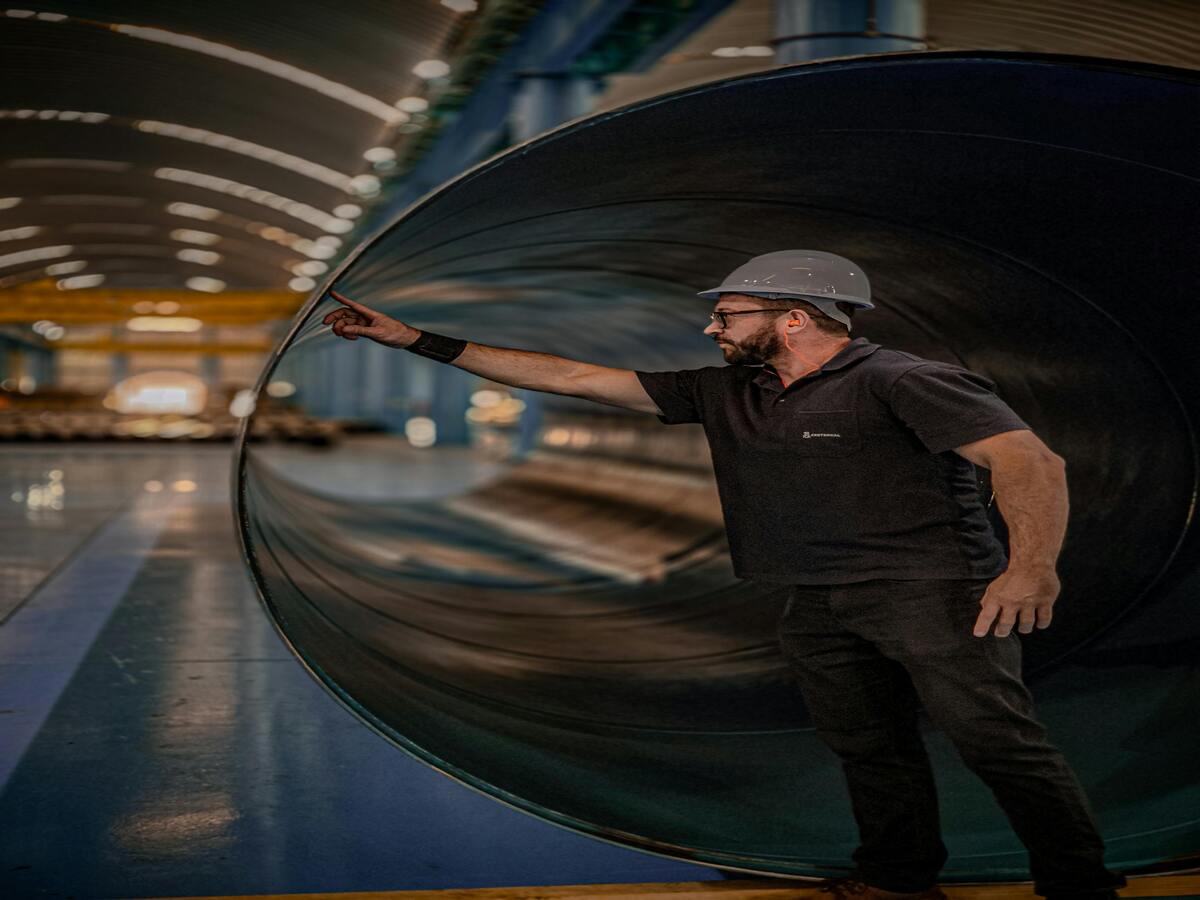
What Are the Best Practices for Applying Glass Screen Protectors?
Use the same careful alignment and application techniques as with plastic protectors, but be extra cautious with pressure to avoid cracking. Proper handling is key to a successful application.Resolução de problemas comuns
What to Do if Bubbles Reappear After Application?
If bubbles reappear, try using the plastic card method again. For persistent bubbles, consider reapplying the protector. Troubleshooting effectively can save you time and frustration.How to Handle Dust Particles Trapped Under the Screen Protector?
If dust is trapped, remove the protector and use a dust removal sticker to clean the screen. Addressing dust issues promptly can prevent future bubbles.Manutenção do protetor de ecrã
How to Clean Your Screen Protector Regularly?
Use a microfiber cloth to wipe the screen protector regularly. Avoid using harsh chemicals that can damage the protector. Limpeza regular keeps your screen clear and responsive.What Products Should You Avoid Using on Your Screen Protector?
Avoid using abrasive cleaners or alcohol-based products, as they can degrade the screen protector. Choosing the right cleaning products ensures the longevity of your protector.FAQs About Screen Protectors
Can Air Bubbles Damage Your Screen?
Air bubbles themselves do not damage the screen, but they can affect usability. Removing bubbles is important for optimal device performance.
Com que frequência deve substituir o seu protetor de ecrã?
Replace your screen protector when it shows signs of wear or damage. Regular replacement ensures continued protection for your device.Comentários
Etiquetas

Roewe MG Marvel R Electric 2022 GPS Navigation Tempered Glass
Protect your 2022 Roewe Marvel R’s navigation screen with our premium tempered glass protector.

Can You Put a Screen Protector on a Cracked Screen?
This guide provides you with the tools to handle a cracked screen, whether you opt for a quick fix, screen protector, or professional repair.

As 5 principais vantagens de utilizar uma máquina de corte de película para ecrã na sua loja
As máquinas de corte de protectores de ecrã revolucionaram a produção e aplicação de protectores de ecrã, oferecendo vantagens significativas em termos de precisão, eficiência e personalização.
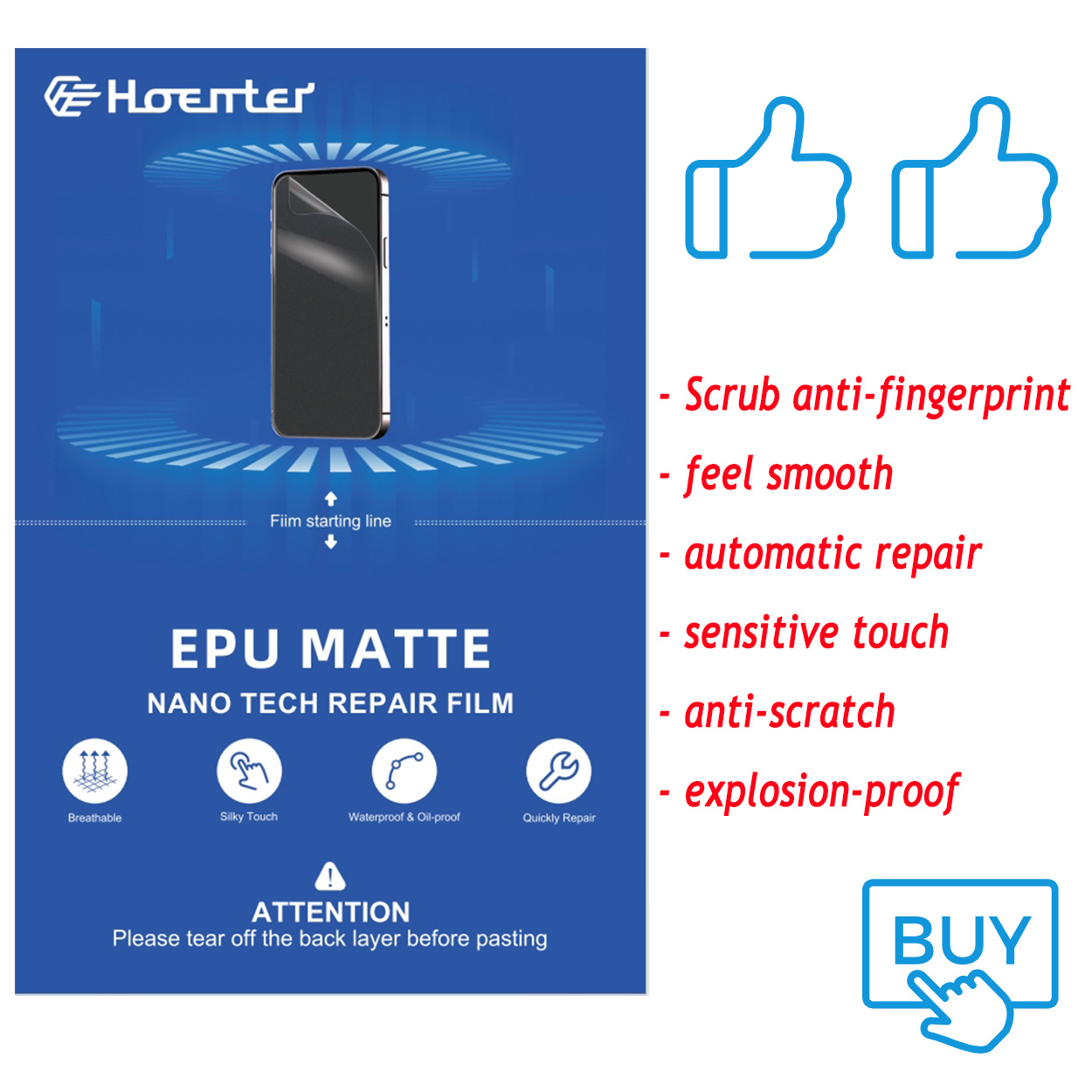
Stock the Best: Self-Healing EPU Matte Screen Guard
Offer your customers the best! Self Healing EPU Matte Screen Guards provide unbeatable protection and a premium feel. Wholesale inquiries welcome.
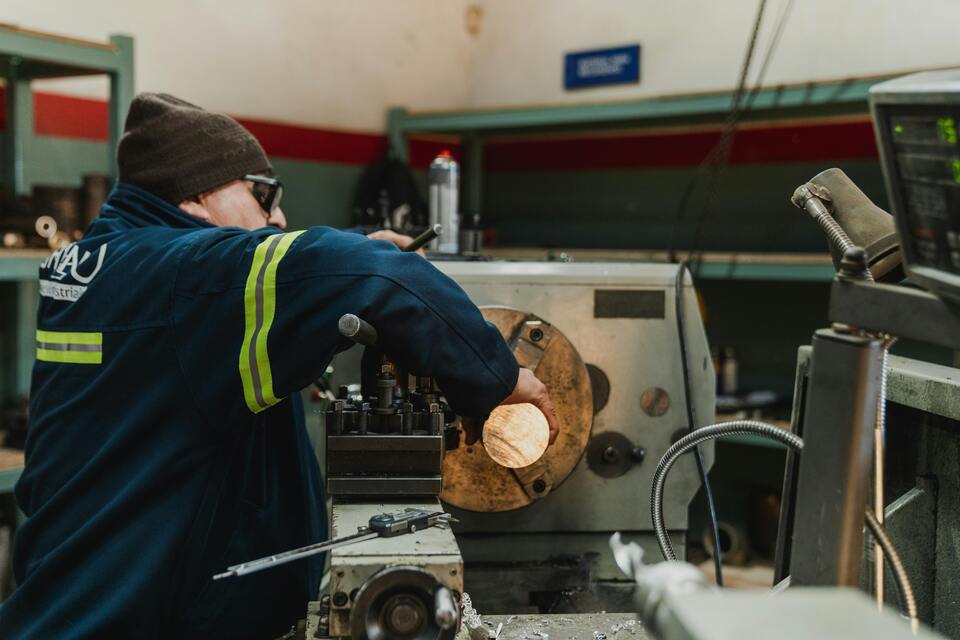
Is a Screen Protector Useful for iPads?
Protect your iPad today with the right screen protector and enjoy worry-free usage!
Encontre todos os conhecimentos e tendências do nosso blogue, obtenha o preço por grosso e a melhor qualidade da nossa fábrica.

O que é a máquina de corte de película e a sua aplicação
As máquinas de corte de película têm desempenhado um papel crucial na evolução da produção cinematográfica e de vários processos industriais, permitindo o corte e a união precisos de materiais de película.

O que é uma máquina de corte de protectores de ecrã?
Uma máquina de corte de protectores de ecrã é um dispositivo especializado concebido para produzir protectores de ecrã personalizados para vários dispositivos electrónicos, incluindo smartphones, tablets, smartwatches, computadores portáteis e monitores.

Como funciona a máquina de corte do protetor de tela do telefone móvel?
Uma máquina de corte de protectores de ecrã de telemóveis é um dispositivo sofisticado concebido
para produzir protectores de ecrã personalizados para vários dispositivos digitais com elevado preço
ção e eficiência.

Caraterísticas do vidro temperado para telemóveis e do protetor de ecrã TPU para telemóveis
Os protectores de ecrã em poliuretano termoplástico (TPU) são flexíveis, duradouros e
películas plásticas auto-regeneráveis concebidas para proteger os ecrãs dos dispositivos electrónicos contra
riscos, impactos e outros danos potenciais.

Revolucione a proteção de dispositivos com a máquina de corte de proteção de ecrã
Quer tenha um smartphone, tablet ou smartwatch, esta máquina versátil adapta-se a uma vasta gama de dispositivos. Adapta-se perfeitamente às dimensões do seu gadget, oferecendo um ajuste personalizado que os protectores genéricos não conseguem igualar.

Protetor de ecrã com garantia vitalícia
A garantia vitalícia de um protetor de ecrã é uma garantia fornecida pelos fabricantes que
compromete-se a reparar ou substituir um protetor de ecrã durante o tempo de vida útil do produto, de acordo com termos e condições específicos.

